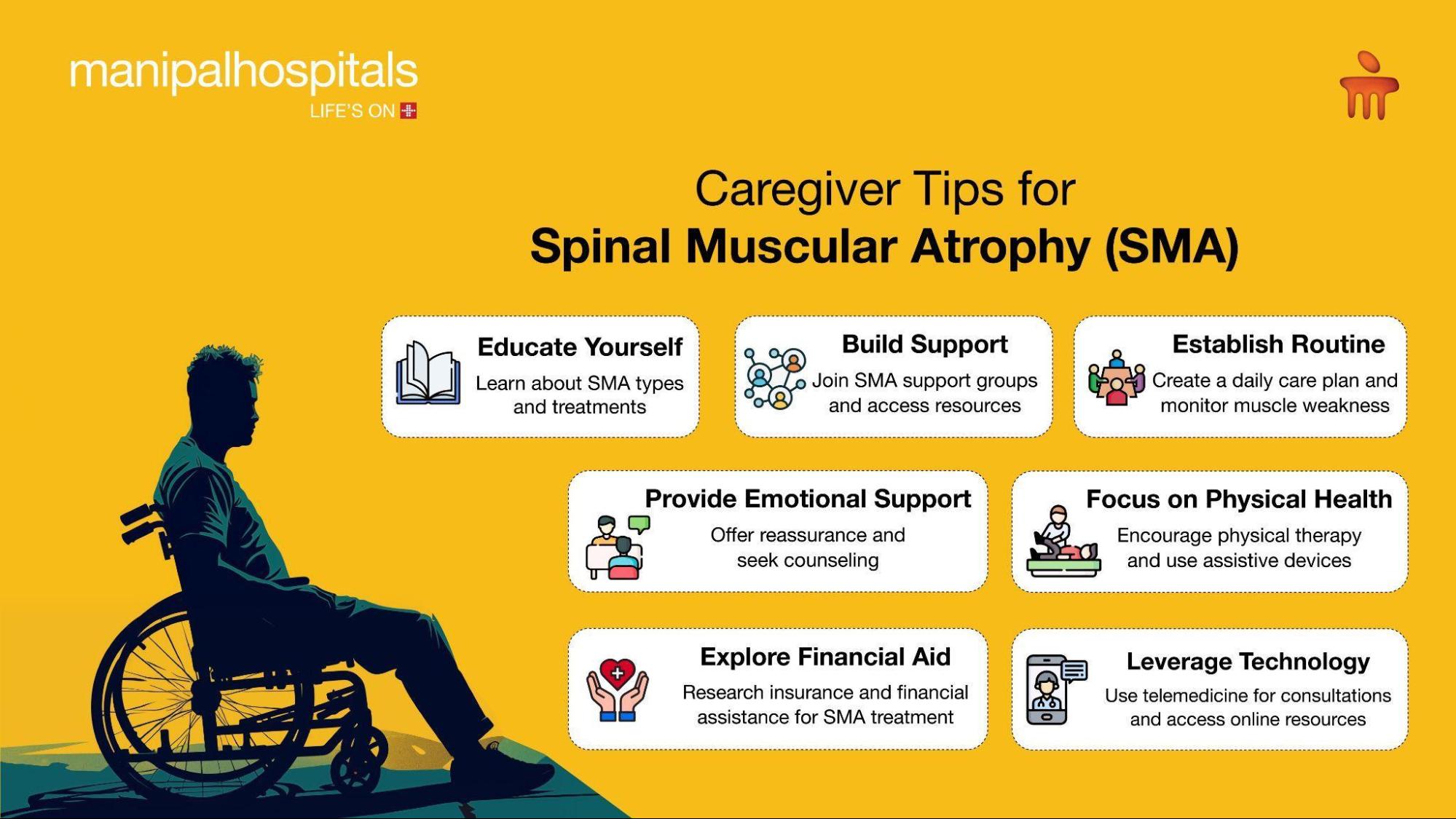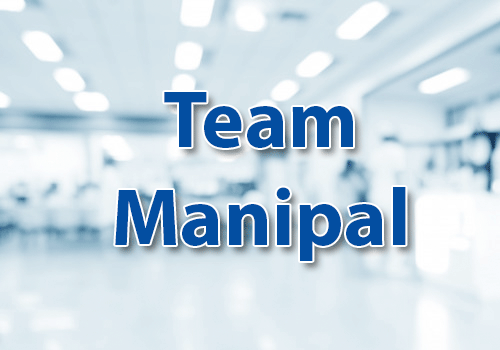
Living with Spinal Muscular Atrophy (SMA) can be overwhelming, but understanding the condition and the support available can make a world of difference. SMA is a rare genetic disease that affects the muscles, causing them to weaken and shrink over time. This happens because the disease targets the nerve cells in the spinal cord responsible for controlling muscle movement.
For many, the journey with SMA starts in early childhood, but it can also develop later in life. SMA can impact various muscle groups, making simple tasks like sitting, walking, and even breathing harder to do. It’s normal to feel a mix of emotions when facing the challenges SMA brings, but know that you're not alone.
The good news is that significant strides in SMA treatment are offering new hope and improving the lives of many individuals. Whether it’s through innovative therapies or a strong support network, there are ways to manage the condition and keep moving forward with strength and resilience.
By learning more about SMA—its causes, symptoms, and the available treatments—you’ll be better equipped to navigate the journey ahead, making each day a little bit easier for both patients and caregivers.
Synopsis
Causes of Spinal Muscular Atrophy (SMA)
-
Genetic Mutation in SMN1 Gene: SMA is caused by a mutation in the SMN1 (Survival Motor Neuron 1) gene, leading to insufficient production of the SMN protein, which is essential for motor neuron survival.
-
Motor Neuron Damage: The lack of SMN protein causes motor neurons in the spinal cord to deteriorate, leading to muscle weakness and atrophy.
-
Inherited Condition: SMA is passed down genetically. A child must inherit two defective copies of the SMN1 gene—one from each parent—to develop the disease.
-
Carrier Parents: Parents who carry one defective SMN1 gene are typically asymptomatic but can pass the mutation to their children.
-
Influence of SMN2 Gene: The SMN2 gene, also known as the "backup" gene, can produce some SMN protein. The number of SMN2 copies affects the severity of SMA; more copies generally result in milder symptoms.
-
Early Genetic Testing: Identifying the genetic cause of SMA through testing allows for early intervention and access to targeted treatments, improving patient outcomes.
Symptoms of Spinal Muscular Atrophy (SMA)
Spinal Muscular Atrophy (SMA) presents a range of symptoms that can vary depending on the type and severity of the condition. Recognizing these symptoms early can lead to timely diagnosis and treatment, improving quality of life.
-
Muscle Weakness: One of the hallmark symptoms of SMA disease is muscle weakness. This weakness often starts in the muscles closest to the centre of the body, such as the shoulders, hips, and back.
-
Muscle Atrophy: As the condition progresses, affected muscles shrink (atrophy) due to lack of use, leading to decreased muscle tone and strength. This is a key feature of muscle atrophy disease.
-
Delayed Motor Milestones: Infants with SMA Type 1, the most severe form, may show delays in reaching motor milestones like sitting, crawling, or walking. This is one of the early signs of spinal muscular atrophy syndrome.
-
Difficulty Breathing and Swallowing: SMA can impact the muscles involved in breathing and swallowing, leading to respiratory issues and difficulties in feeding, especially in severe cases.
Also read: Painful Swallowing
-
Poor Head Control: In infants with SMA, weak neck muscles may result in poor head control, a common symptom of spinal muscular atrophy disease.
-
Scoliosis: Over time, spinal muscular atrophy can lead to spinal curvature (scoliosis) due to weakened back muscles.
-
Fatigue and Reduced Endurance: Individuals with SMA often experience fatigue and reduced physical endurance, making it challenging to engage in prolonged physical activities.
Consult our Spine Care Hospital if you are experiencing symptoms of Spinal Muscular Atrophy and get treatment.
Treatments for Spinal Muscular Atrophy (SMA)
While there is currently no cure for Spinal Muscular Atrophy (SMA), significant advancements in treatment have greatly improved the outlook for those living with the condition. The goal of SMA treatment is to manage symptoms, slow disease progression, and enhance the quality of life. Here are the main treatment options available:
-
Gene Therapy: One of the most groundbreaking treatments for SMA is gene therapy. This treatment delivers a functional copy of the SMN1 gene, helping to restore the production of the SMN protein, which is essential for motor neuron health. Gene therapy is typically administered early in life to achieve the best outcomes.
-
SMN2 Modulators: Drugs that work by modifying the SMN2 gene to increase the production of the SMN protein. These treatments help slow the progression of SMA and can improve muscle strength and function.
-
Physical Therapy: Regular physical therapy is crucial in maintaining muscle strength and flexibility. It helps prevent joint stiffness and improves mobility, which is essential for managing spinal muscular atrophy symptoms.
-
Respiratory Support: As SMA can weaken the muscles involved in breathing, some patients may require respiratory support such as ventilators or cough-assist devices to help maintain lung function.
-
Nutritional Support: Difficulty swallowing and feeding can be managed with the help of a nutritionist, who can provide dietary plans and, in some cases, recommend feeding tubes to ensure adequate nutrition.
-
Orthopaedic Interventions: Scoliosis and joint contractures, common in SMA, may require braces or surgical interventions to improve posture and mobility.
-
Assistive Devices: Wheelchairs, walkers, and other assistive devices can greatly enhance independence and mobility for individuals with SMA.
-
Multidisciplinary Care: Effective management of SMA often involves a team of specialists, including neurologists, pulmonologists, orthopedists, and therapists, working together to provide comprehensive care.
Consult our Spine Care Doctors to get the best treatment.
Caregiver Tips and Resources for Spinal Muscular Atrophy (SMA)
Caring for someone with Spinal Muscular Atrophy (SMA) can be challenging but rewarding. Here are essential tips and resources for managing SMA disease:

1. Educate Yourself on SMA Disease
-
Understand SMA Types: Familiarize yourself with SMA, including SMA Type 1, to better manage symptoms and care needs.
-
Stay Updated: Keep informed about advancements in SMA treatment and spinal muscular atrophy syndrome management.
2. Build a Support Network
-
Join Support Groups: Connect with other caregivers for emotional support and practical advice.
-
Access Community Resources: Utilize local and national SMA support organizations for guidance and assistance.
3. Focus on Physical Health
-
Physical Therapy: Engage in regular physical therapy to maintain muscle strength and flexibility.
-
Assistive Devices: Use mobility aids like wheelchairs and braces to enhance independence.
Also Read: 8 ways to strengthen your joints
4. Manage Daily Care
-
Establish Routines: Create a consistent care routine for feeding, hygiene, and medications.
-
Monitor Health: Keep track of symptoms, especially respiratory and swallowing issues, to prevent complications.
5. Address Emotional Well-being
-
Emotional Support: Offer encouragement and seek counselling if needed.
-
Self-Care for Caregivers: Prioritize your well-being by taking breaks and seeking support.
6. Utilize Technology
-
Telemedicine: Use online consultations to access medical care easily.
-
Online Resources: Leverage educational webinars and guides for SMA caregivers.
7. Financial Assistance
-
Insurance and Aid: Explore insurance coverage and financial assistance programs for SMA treatment.
-
Government Support: Check for eligibility in government-funded services like home healthcare and equipment loans.
FAQ's
SMA is a genetic disorder causing muscle weakness and atrophy due to the loss of motor neurons.
Symptoms include muscle weakness, difficulty with movement, and issues with breathing and swallowing.
SMA Types: Type 1 (severe, early onset), Type 2 (moderate), Type 3 (milder), and Type 4 (adult onset).
There is no cure, but treatments like gene therapy and SMN2 modulators manage symptoms.
Provide care by learning about SMA, following a routine, using assistive devices, and offering emotional support.






















 6 Min Read
6 Min Read















